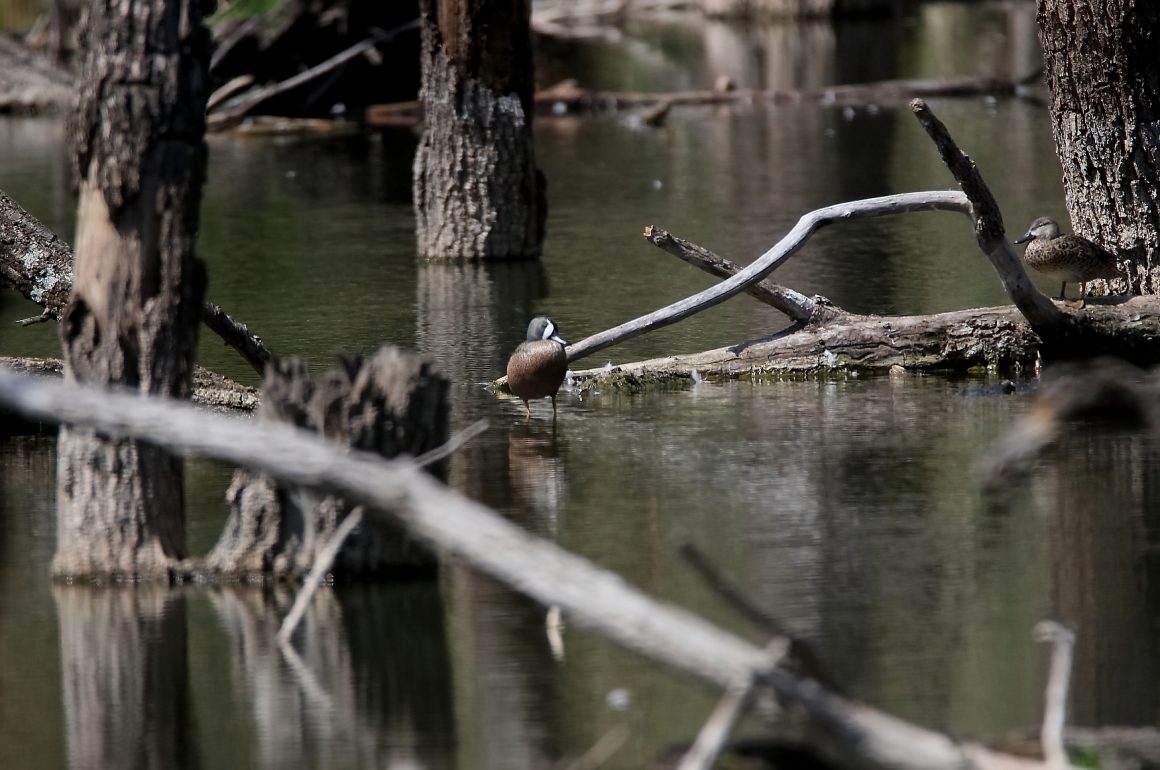
Morelia is a city surrounded on three sides by pine/oak forest. Go a little farther and you can also find different kinds of thorn forests, thorn-oak transitional forest, cloud forest, and high altitude coniferous (fir/pine) forest. But there is one kind of forest that can only be found at a very specific site, right in the heart of the city of Morelia. This is the forested swamp on the walled property of the Universidad Latina de América (UNLA). Here, Montezuma Bald Cypresses and some other trees grow out of and around a permanent shallow lake.
I have only written once about this unusual habitat, because it isn’t all that easy to get permission to bird this privately-owned property. But I knew, from better-connected birders and my own limited experience there, that this forest attracts some species that cannot be seen anywhere else in our area. So when two members of our little birding gang — including a botany professor from another university whose school ID appararently has magical powers — suggested they could get us in, I was only too happy to go along.
The forest/swamp’s most locally-famous feathered visitors in recent years have been a pair of migratory Wood Ducks, which were seen regularly for some nine months each year by those favored few with easy access to the UNLA campus. However, I did not see them in my first two visits. And now they have not been seen since March of last year, a gap that our visit last week did nothing to change.
The UNLA forest swamp is also the only place in Morelia where I have seen a Red-shouldered Hawk. But this bird has also been missing in action for the past year. It was, however, interesting to spend the morning repeatedly seeing an Osprey hanging out here in a forest. It didn’t seem to us to be prime Osprey habitat, but the Osprey clearly did not agree.
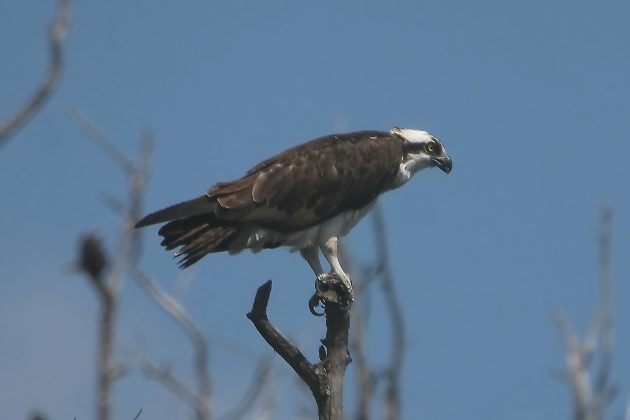
American Redstarts are easy to see along both Mexican coasts during the winter. But here in the highlands of Michoacán, they can only be seen reliably in one place. Would you like to guess which one? We enjoyed encountering both a male and a female, although their love for the darkest corners of the forest made photography difficult.
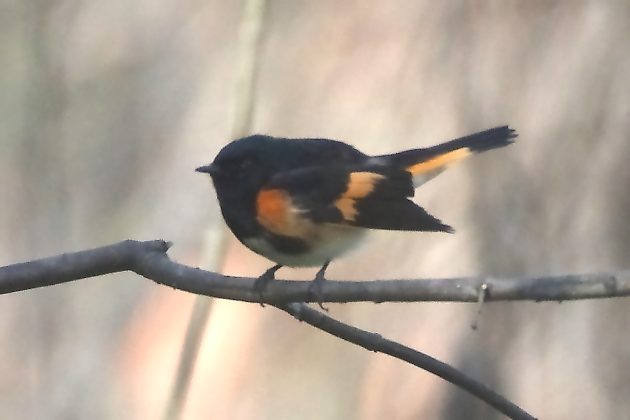
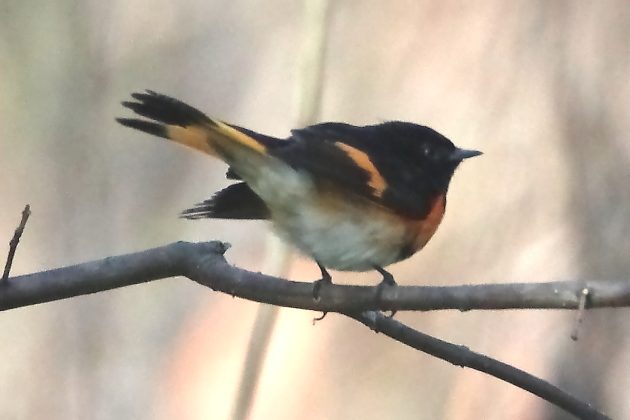
And a female Yellow Warbler
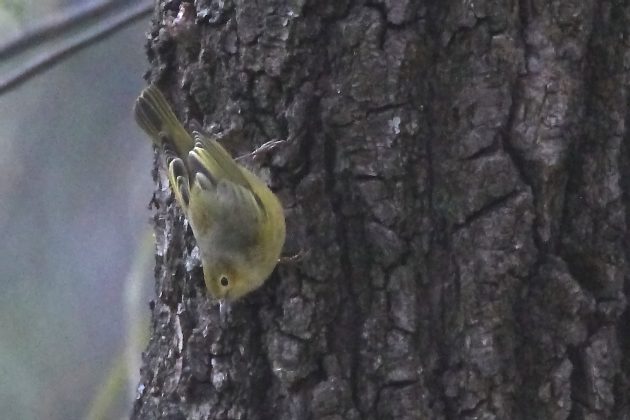
The waters beneath the woods are packed with a surprising number of ducks. This time there were many, many Mexican Ducks (which all look like female Mallards), a decent number of Blue-winged Teals (seen at the top of this post), and a few Green-winged Teals. But the still rarer Cinnamon Teals won the beauty contest.
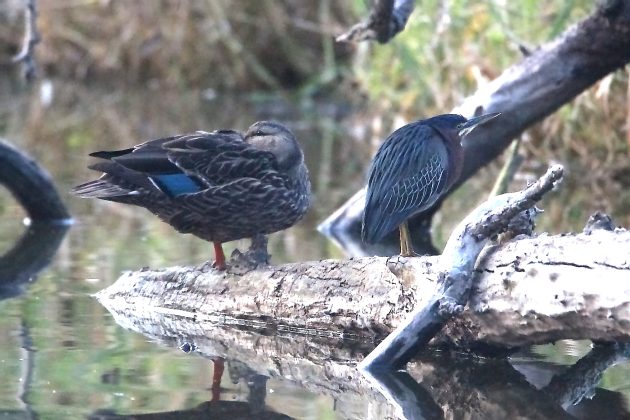
Mexican Duck and Green Heron
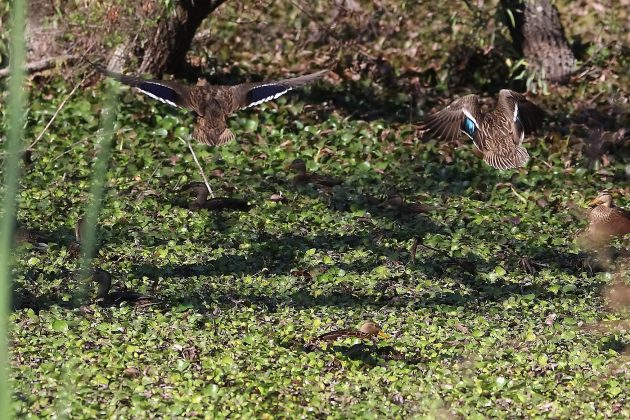
More Mexican Ducks
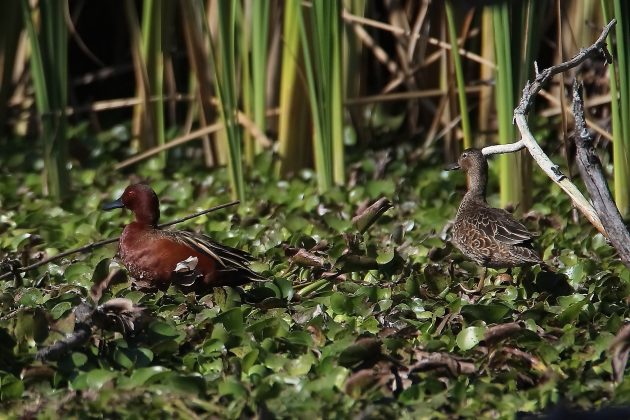
Cinnamon Teals
The campus is also home to some free-ranging domestic geese and hybridized Muscovy Ducks. The Muscovy Ducks clearly feel at home, as they nest in the trees here, just like their wild relatives do along the Mexican coast.
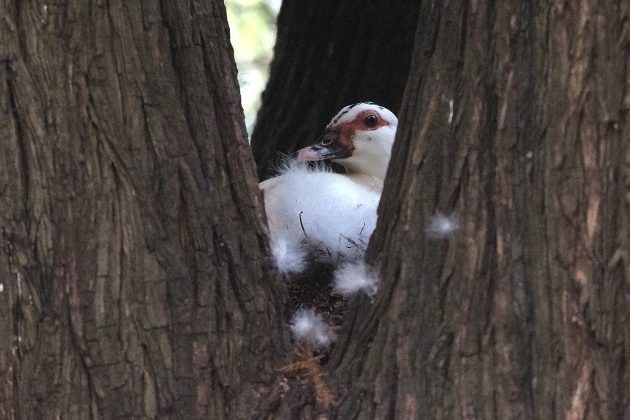
Great Kiskadees are common Tyrant Flycatchers in Mexico, especially near water. One can rarely see the yellow patch on their crown. And one almost never sees the sort of display they gave this day.
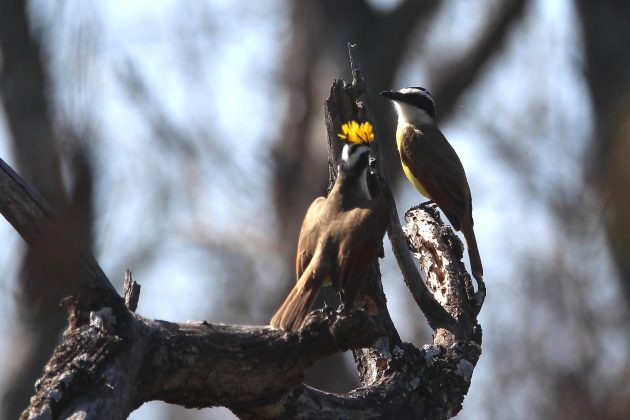
The UNLA campus habitat is so unusual that two teams of biology students were banding birds there on the Saturday of our visit. I look forward to a day when I, too, can make a more systematic study of the birds in this fascinating forested wetland.




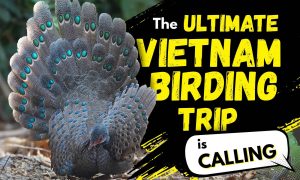
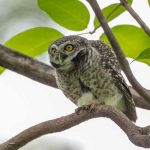
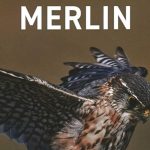
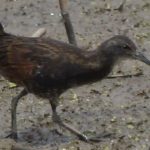

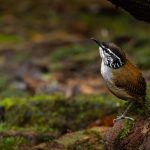


Mix in water for the magic to happen – nice post, Paul.